Elephant Toothpaste Experiment with My Kiddo
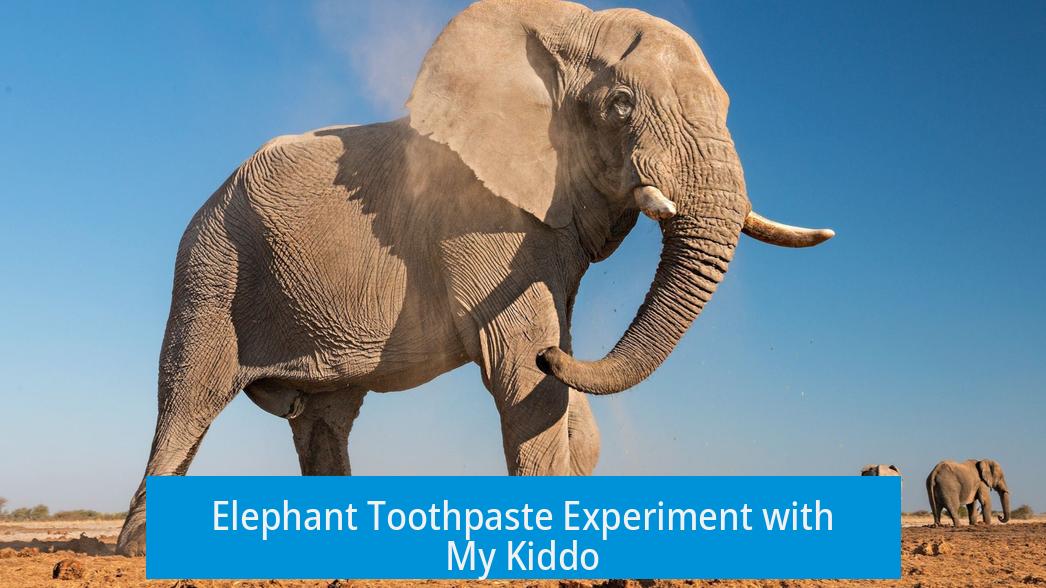
The Elephant Toothpaste experiment safely excites kids by showing rapid decomposition of hydrogen peroxide, producing foamy “toothpaste.” Using low-concentration peroxide (around 3%) ensures a fun, safe experience without chemical burn risk, while strict supervision and protective gear remain essential.
Understanding Safety and Hydrogen Peroxide Concentration
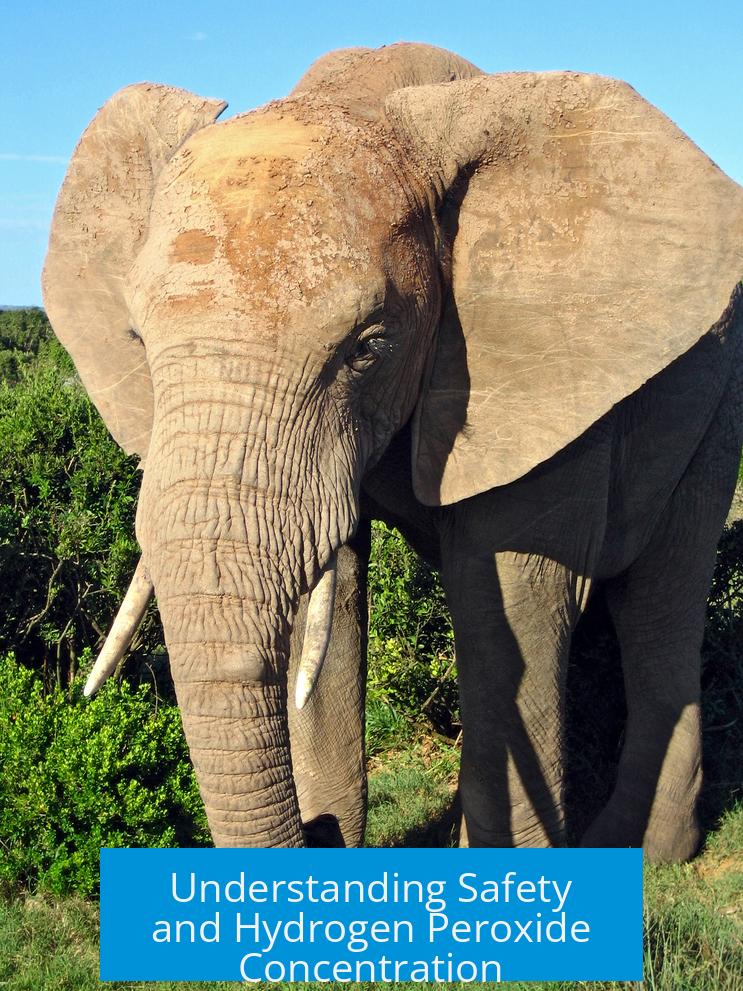
Hydrogen peroxide concentration greatly influences both reaction vigor and safety. At 3%, the reaction is gentle enough for young children to enjoy. Higher concentrations, such as 12% or especially 35%, create more heat and foam but pose significant risks of chemical burns. Proper personal protective equipment (PPE)—goggles, gloves—and adult supervision are imperative if concentrations above 3% are used. For home experiments with kids, 3% peroxide is strongly recommended.
Supervision and Protective Measures
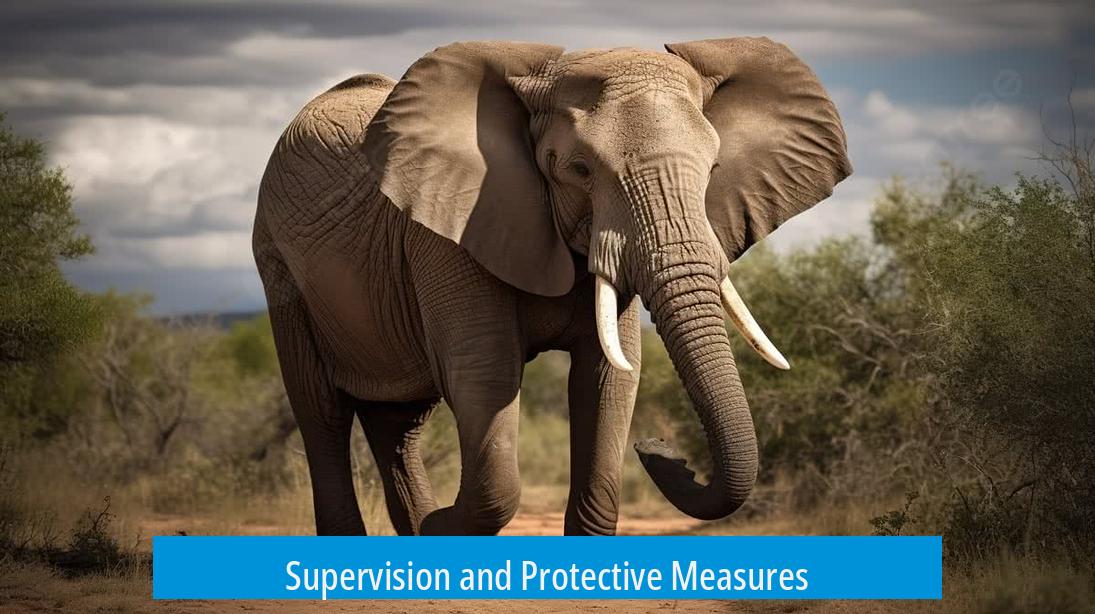
- Adult conducts the reaction, kids observe from a safe distance.
- Everyone involved should wear goggles to prevent eye injury.
- Teach children what to do if peroxide splashes on skin or eyes.
- Emphasize safety as part of responsibility, not risk-taking entertainment.
Setting Up the Experiment
The experiment involves mixing hydrogen peroxide with a catalyst like potassium iodide or yeast, causing rapid decomposition and oxygen release that creates foam.
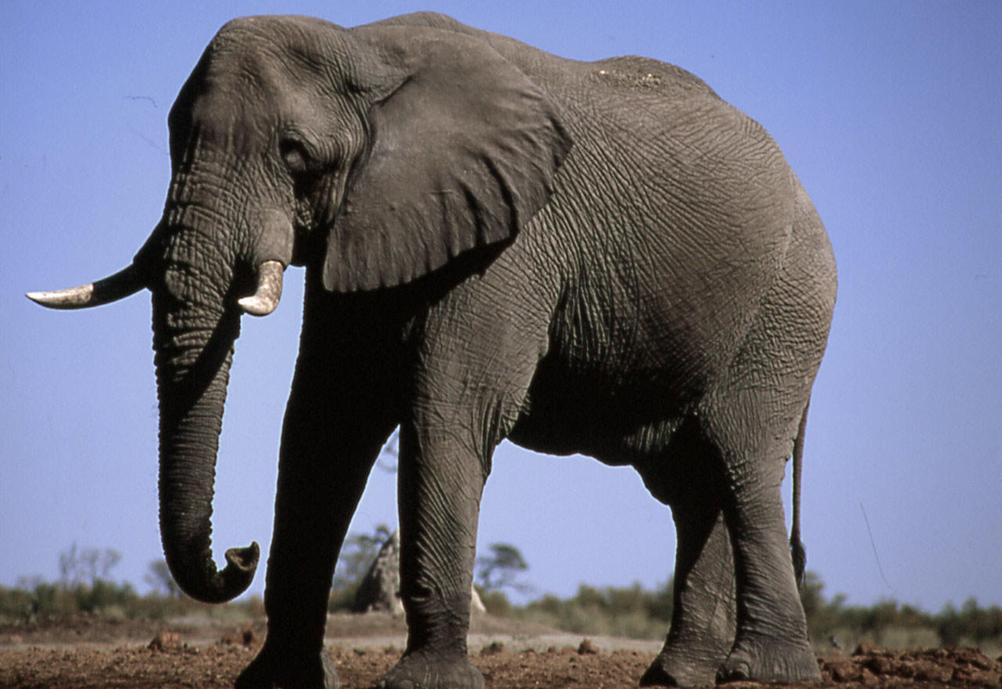
Reaction rate increases with peroxide concentration and vessel shape, influencing foam height and speed.
Test the reaction beforehand in small scales to predict behavior and manage risks before involving children.

Alternatives and Further Exploration
- For safer demonstrations, try less reactive setups like sugar with sulfuric acid under controlled conditions.
- For higher concentration effects, watch expert demonstrations online (like Mark Rober’s videos), where protocols and PPE are strictly followed.
Official Guidelines and Community Insights
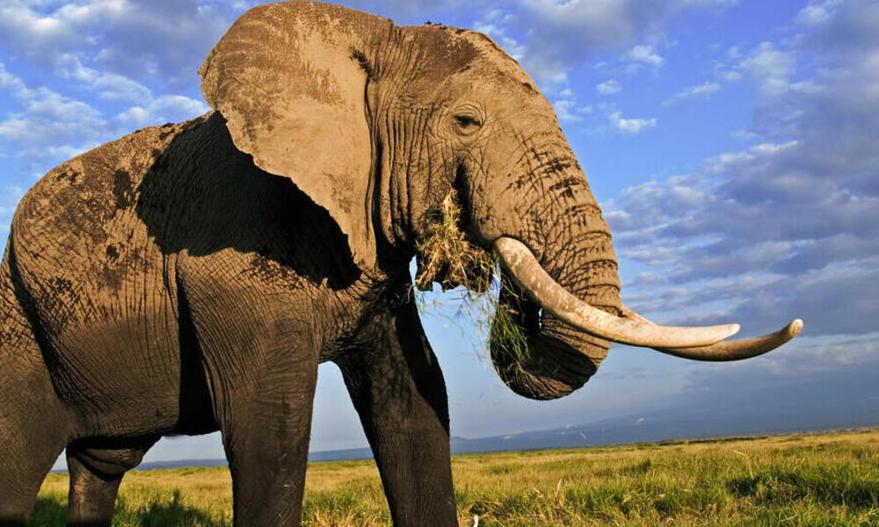
Educational bodies provide safe procedures for conducting Elephant Toothpaste experiments with up to 3% peroxide in schools. Risk assessments emphasize distancing and protective equipment to avoid exposure to foam and splashes.
Informed community discussion suggests concerns about danger are manageable when safety is prioritized.
Key Takeaways
- Use 3% hydrogen peroxide for home experiments to prevent burns.
- Always wear goggles and supervise children carefully.
- Test reactions at small scale before involving kids.
- Teach safety and responsibility, not risk-taking.
- Explore expert resources for understanding higher concentration effects.
Elephant Toothpaste Experiment with My Kiddo: A Safe and Fun Science Adventure
So, you want to try the Elephant Toothpaste experiment with your kiddo? Great choice! It’s visually stunning and a fantastic way to explore chemistry together. But before you dive in, let’s talk about how to keep it safe, educational, and fun.
Elephant toothpaste is basically a rapid decomposition of hydrogen peroxide, releasing oxygen that gets trapped in soap bubbles — creating that giant foamy eruption. Fun, yes! But safety comes first.
Understanding the Hydrogen Peroxide Concentration
Here’s a fact that can save you (and your kid’s skin!): using 35% hydrogen peroxide, while it gives a “better” reaction, also carries a risk of nasty chemical burns.
- At 35%, hydrogen peroxide generates a lot of heat and can cause immediate chemical burns if it contacts skin. No thanks.
- Unless you’re decked out in full personal protective equipment (PPE) and a responsible adult handles the reaction with kids safely standing back, stick with 3% concentration — the kind you find in drugstores. It’s gentle enough for curious kiddos.
- Even 12% is pushing it for home experiments; if you try that, suit up with goggles, gloves, and aprons. Teach your kid what to do if any splash happens.
Basically, higher concentration = bigger reaction = more heat = higher chance for injuries.
Safety: Not Just a Buzzword
Safety isn’t just about the PPE, though that’s crucial. It’s also about teaching responsibility.
- Equip everyone with goggles — even if you think “it’s just soap foam,” it can splash unexpectedly.
- Never let kids handle the peroxide themselves if it’s above 3%. Better to have adults perform the reaction while kids watch from a safe distance.
- Use the moment to explain why science experiments need care. Danger does not equal fun. Curiosity is great, care is essential.
Think of it as a mini “lesson in responsibility” wrapped inside a fun activity.
Setting Up the Experiment: Play with Variables
Once you’ve got the safety down, the experiment itself opens up options:
- The shape and size of your vessel affect how the foam flows. Narrow tubes shoot high foam plumes, while wide jars let the foam spill gracefully over the rim.
- The concentration of peroxide controls reaction speed and volume.
- You can even try different catalytic agents like yeast or potassium iodide to see how the reaction changes.
- Do a few dry runs without kids around to get the timing and volumes right — better to expect the foam, not be shocked by it.
Want to Scale It Up? Do the Math and Plan!
Thinking big is fun, but don’t go wild without calculating the chemical quantities. Remember — more peroxide means more foam, heat, and risk.
When I tried it at home, a small response was perfect. If you go bigger, make sure the space is ventilated and everyone stands further back.
Alternatives for a Safer Show
If you’re wary about peroxide hazards but still want a “wow” moment, try burning sugar with concentrated sulfuric acid — it’s safer in small, controlled snacks, but only if you’re very cautious!
Or check out Mark Rober’s YouTube demo of the 35% peroxide reaction. Watching a pro is a great way to appreciate the science and scale without risk.
“Mark Rober’s video even shows the reaction bending metal containers — that’s how intense 35% peroxide can get!”
Community Insights and Official Guidelines
There’s a lot of chatter about the dangers.
- Yes, 35% is dangerous but manageable with the right prep and safety gear.
- UK schools use 100 volume peroxide safely with rules: keep a 1-meter distance between apparatus and viewers, and follow a strict risk assessment.
- It’s not about paranoia — it’s about smart precautions.
Before you bring the foam storm home, take a peek at official guides like this SSERC resource.
Experiencing Elephant Toothpaste Together: The Takeaway
Doing the Elephant Toothpaste experiment with your kiddo represents so much more than a fun science project.
- It fuels curiosity by showing chemistry in action.
- It teaches about safety, responsibility, and careful observation.
- It creates memorable moments that kids remember years later — “Remember when the foam exploded like a toothpaste volcano?”
Make sure to prep properly, keep your safety gear ready, and always prioritize supervision.
Science is about exploring, testing, and learning—so give it a shot. Just keep that foam where it belongs: on the experiment table, not on your kiddo’s face!
Ready to hear how your experiment goes? Do a small batch with 3% peroxide, have your cameras ready, and watch excitement bubble up! And if you dare try 12%, do share your experience here.
Remember: The most important reaction in the Elephant Toothpaste experiment? The one that creates safe, happy, curious future scientists.
What concentration of hydrogen peroxide is safest for kids during the Elephant Toothpaste experiment?
Use 3% hydrogen peroxide for the safest reaction with kids. Higher concentrations like 12% or 35% increase risk of burns and require full protective gear and adult supervision.
How should children be supervised during the experiment?
Make sure a responsible adult handles the reaction while kids stand back. Everyone must wear goggles, and kids need to learn what to do if the mixture splashes.
Can the shape of the container affect the experiment’s outcome?
Yes, different vessel shapes change how the foam flows. Trying various containers can alter the reaction’s style and height, making the experiment more fun.
What should I do before showing the experiment to my kid?
Run the experiment yourself a few times to know the reaction and risks. This helps keep things safe and prepares you to explain what will happen.
Are there safer alternative experiments related to Elephant Toothpaste?
You can try less risky demonstrations like concentrated sulfuric acid on sugar or watch professionals like Mark Rober online for more dramatic but safer visuals.


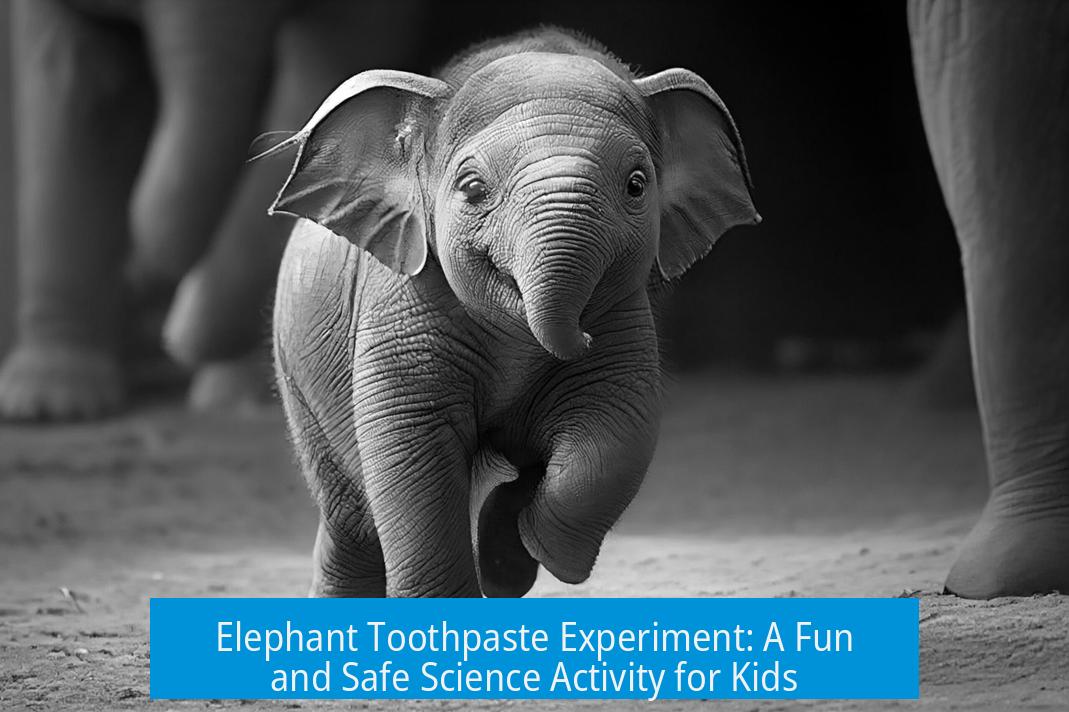
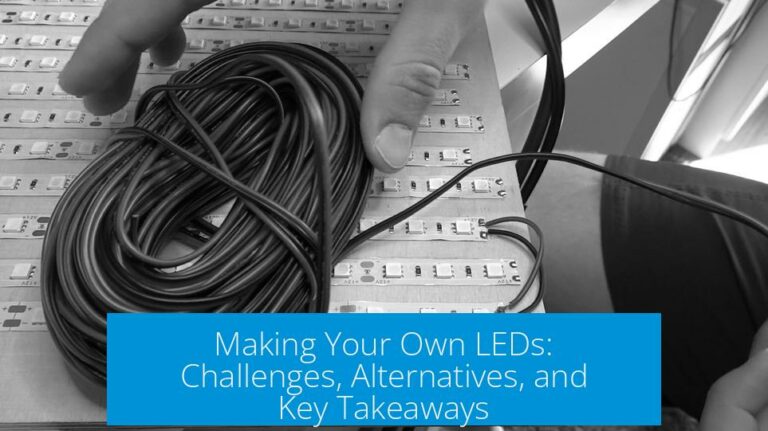
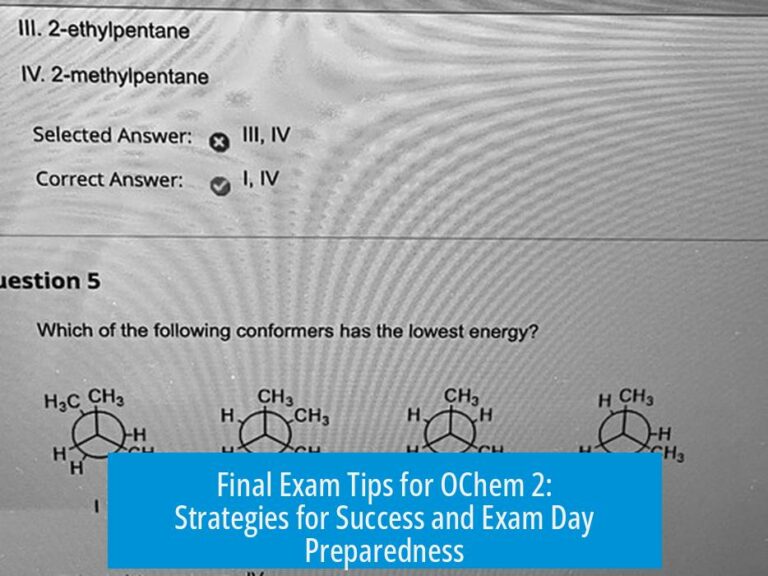
Leave a Comment